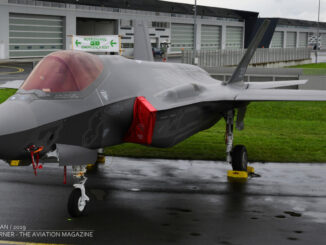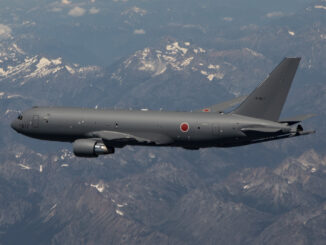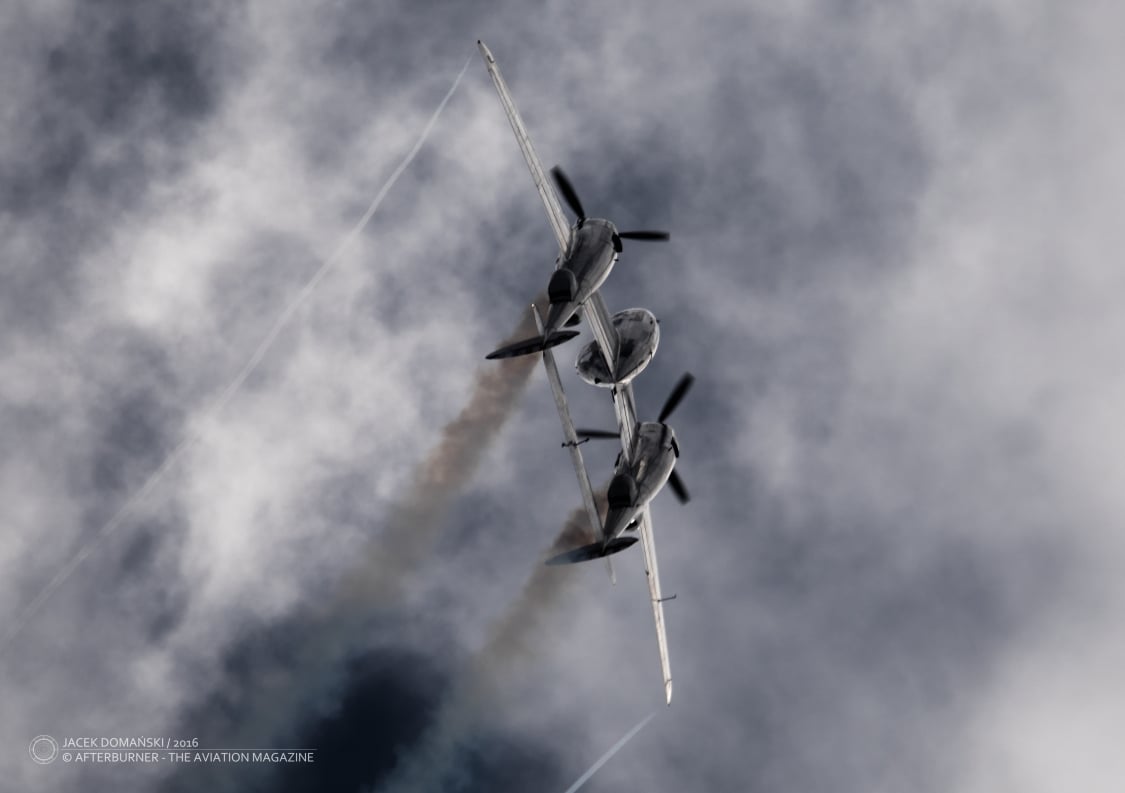
Japanese air raid on Darwin, being both the first and largest air attack on Australia.
At that time the city of Darwin was not only a capital of the Northern Territory but also – despite its small size and population of less than 6,000 – was an important base for both the Royal Australian Navy and the Royal Australian Air Force. Two airfields of Darwin were an important stopover on the South Pacific air ferry route and the naval base was a key point for operations within the Dutch East Indies region.
The importance of Darwin increased rapidly after the attack on Pearl Harbor and the subsequent escalation of the conflict in Pacific area. Both the RAN and the RAAF were going to invest in several military facilities in the city and its neighbourhood. However, such increased military activity in the capital of the Northern Territory has not gone unnoticed by the Japanese. In order to prevent the Allies from using Darwin as a military base, the air raid was planned.
On 19th February 1942, 242 Japanese aeroplanes, arriving in two separate waves, attacked the town of Darwin, harbour and two nearby airfields. A fleet of B5N ´Kate´ and D3A ´Val´ bombers, escorted by 36 A6M ´Zero´ fighters was launched from Akagi, Kaga, Hiryū, and Sōryū – the aircraft carriers of the 1st Carrier Air Fleet (a few weeks ago, on 7th December 1941, all of them participated in the Pearl Harbor raid). That formation was supported by G3M ´Nell´ and G4M ´Betty´ bombers, arriving Darwin from Ambon and Kendari air bases in the Dutch East Indies.
Although Darwin was considered a strategic Allied base, the city was poorly defended, as if there was no threat of a Japanese attack. The anti-aircraft defence included less than twenty cannons and a small number of machine guns, while the RAAF inventory consisted of Lockheed Huston light bombers and CAC Wirraway trainers – the latter were intended to operate as fighter aircraft, however none of them was serviceable on the day of the air raid.
In addition, the formation of ten USAAF P-40 Warhawk fighters appeared over Darwin during the time of Japanese raid. The Warhawks were on their way to Java and, unfortunately, were flown by unexperienced pilots. As a result, the P-40s not only did not help in defence of the town, but also suffered from heavy casualties. It was reported that a single ´Zero´ piloted by Yoshikazu Nagahama, who lost the main formation and approached Darwin on his own, engaged five Warhawks and shot down four of them.
As a consequence of the raid, the Australian suffered significant damages in their facilities, ships in Darwin harbour and there were also several civilian casualties. The numbers are varying depending on the source and the historians are still disputing the details, but the losses were no less than 30 destroyed aircraft, 11 ships sunk, 3 grounded and more than 20 vessels damaged. The casualties were 236 killed and approximately 400 wounded. Additionally, the RAN abandoned Darwin as naval base, and dispersed the fleet to several smaller harbours.
The Japanese reported only two fatal casualties, one POW and approximately 30 damaged aircraft.
Australia suffered from more than one hundred Japanese air raids until November 1943, although none of them was of the size of the initial one. The first attack on Darwin is often called the ´Pearl Harbor of Australia´, although in contrast to raid on Hawaii in 1941, the bombing of Darwin occurred after declaring war on Japan by Australia.
Nevertheless, the Darwin raid was also a surprise that shocked the nation. An interesting fact is that the number of bombs dropped on Darwin exceeded the number of those dropped on Pearl Harbor (however their total weight was only one third of those dropped on 7th December 1941).
Source: Lewis / Ingman, Carrier attack Darwin 1942: the complete guide to Australia’s own Pearl Harbor (2013)
Pictured, for illustrative purposes only, is a replica of Mitsubishi A6M ´Zero´ fighter (a modified AT-6B Texan)



